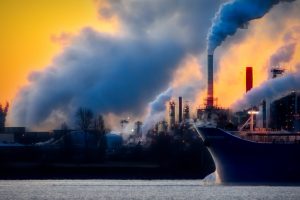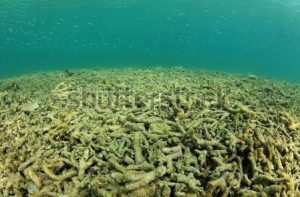While you might still be able to see rainbows reflected in the rivers, rainbow trout may become a thing of the past.

A freshwater rainbow trout. [Photo Source: © Schwarzenarzisse under a Pixabay License.]

Range of rainbow trout along the West Coast of North America. [Photo Source: © 2008 Canadian Geographic/Signy Fridriksson under The Royal Canadian Geographical Society]
On a scale from “Not at Risk” to “Extinct”, the rainbow trout are considered endangered, which is the last step before extinction. While you may not be familiar with rainbow trout now, you should be paying more attention to them.
According to Dr. Patricia Schulte, a conservation zoologist from the University of British Columbia, rainbow trout are an especially important predatory fish, which means that they shape the ecosystems they live in. Crawfish and mussels are just a few of the aquatic species that count rainbow trout as an important part of their ecosystem. So while you may not have heard of rainbow trout before, you are bound to know at least one species that is affected directly or indirectly by them.

Climate change is going to cause rivers to become depleted in oxygen, affecting living organisms including the rainbow trout. [Photo Source: © mistralfamilie under a Pixabay License.]
[Source: SoundCloud, Created by: Gillian Okura & Julie Zhu]
As mentioned in the podcast, Dr. Schulte is leading a team-based project in British Columbia, which received funding from Genome Canada to help carry out the research. They conducted a study to figure out whether different types of rainbow trout differ in their ability to tolerate climate change, specifically conditions where there is low oxygen and high temperatures.
Climate change is decreasing the numbers of fish populations, including rainbow trout which are a major source in the fish industry. In the video below, we delve deeper into the effects of climate change and how Dr. Schulte and her team’s research are making predictions and gathering information to help sustain rainbow trout in the future.
[Source: Youtube, Created by: Gillian Okura & Julie Zhu]
Hopefully, learning more about this rainbow brought a little more knowledge and sunshine to your day.
~ Group 4: Gillian Okura & Julie Zhu


